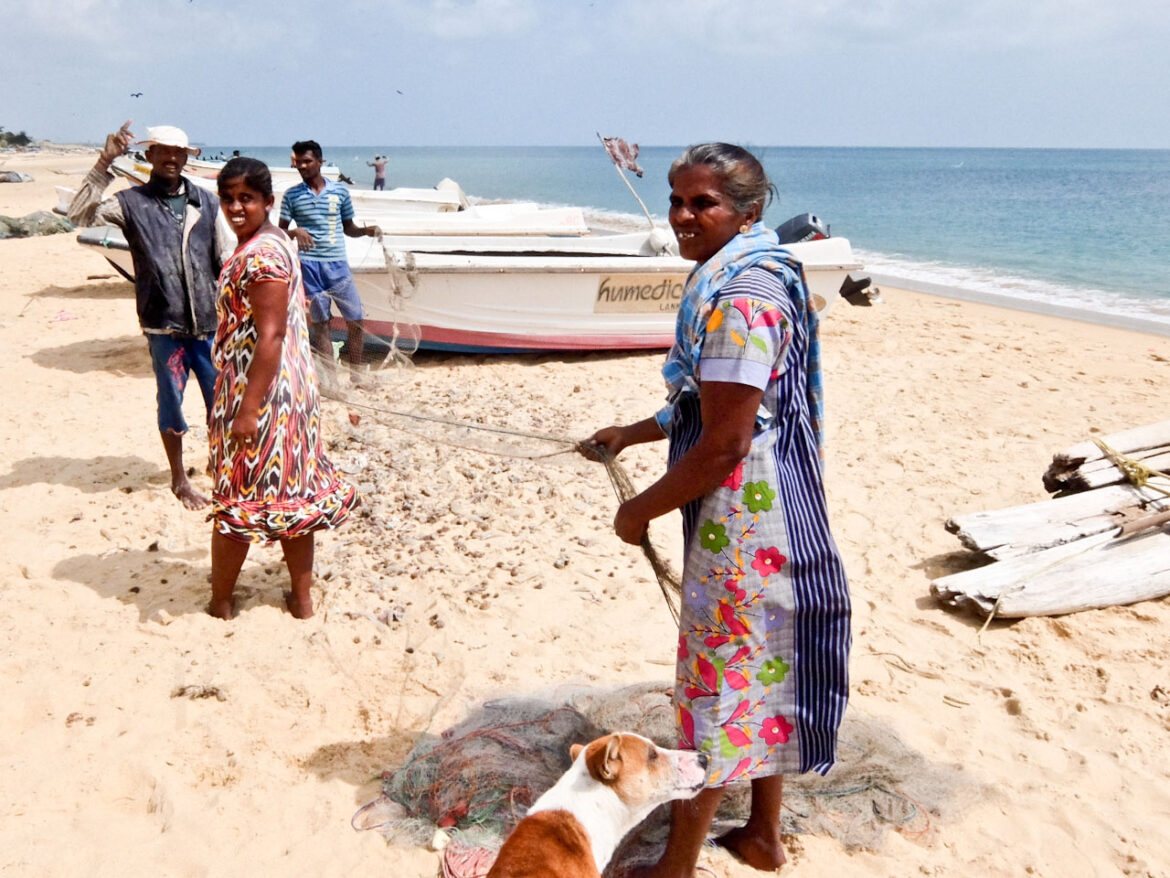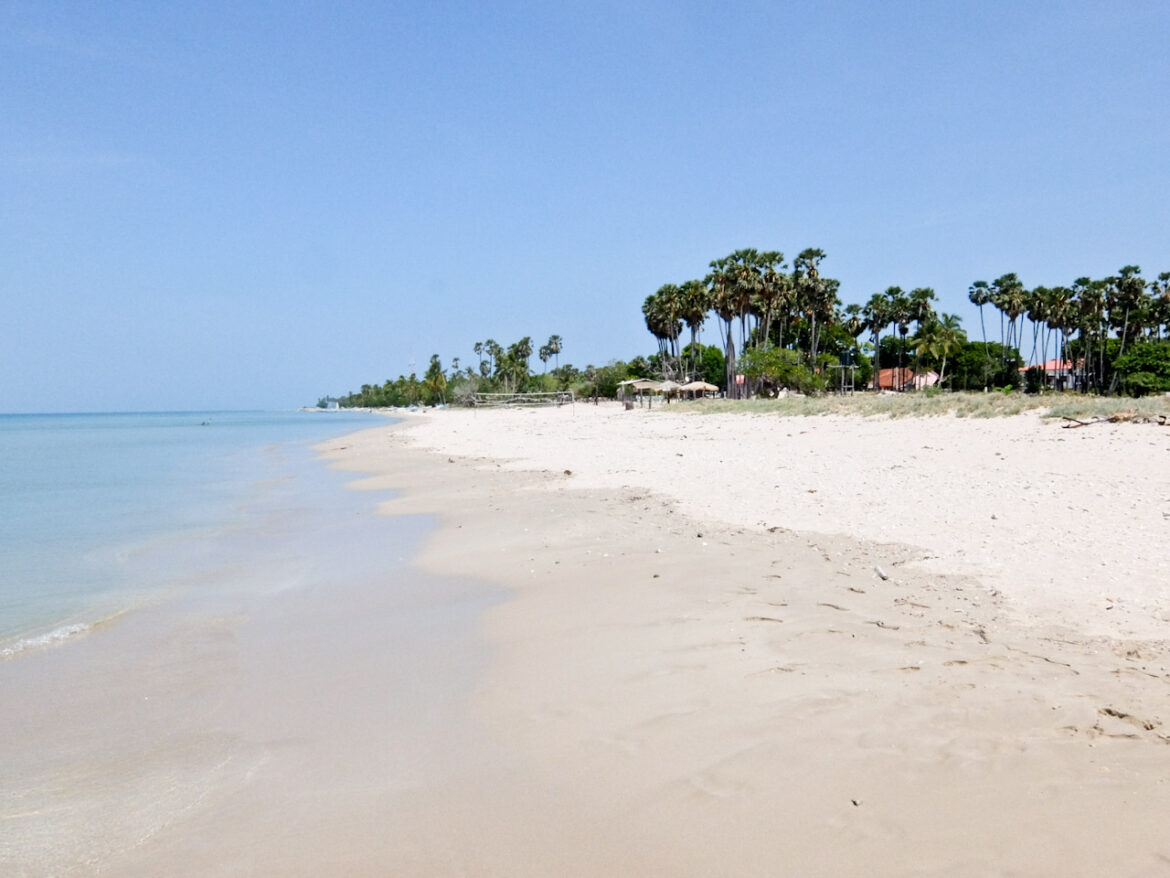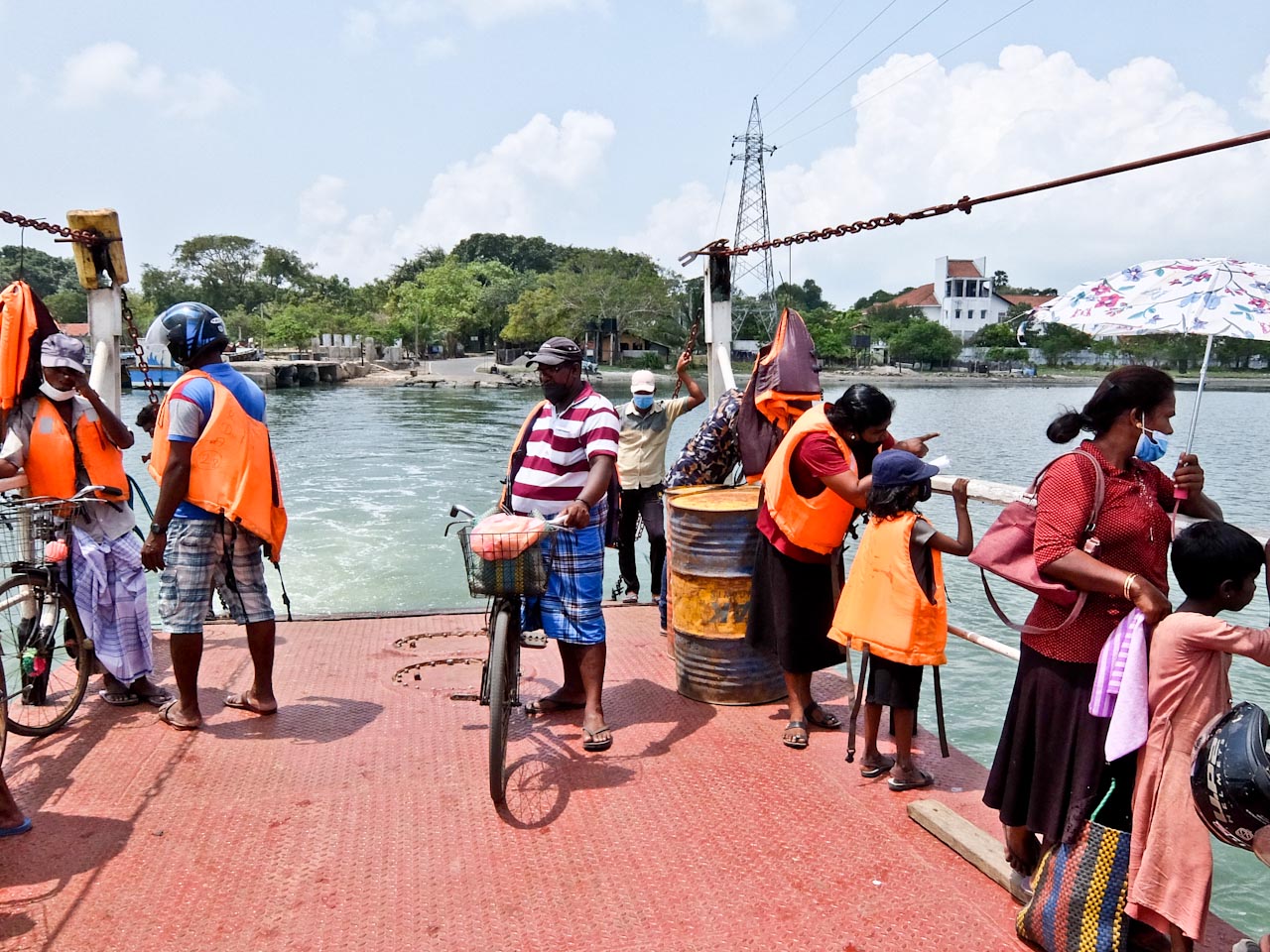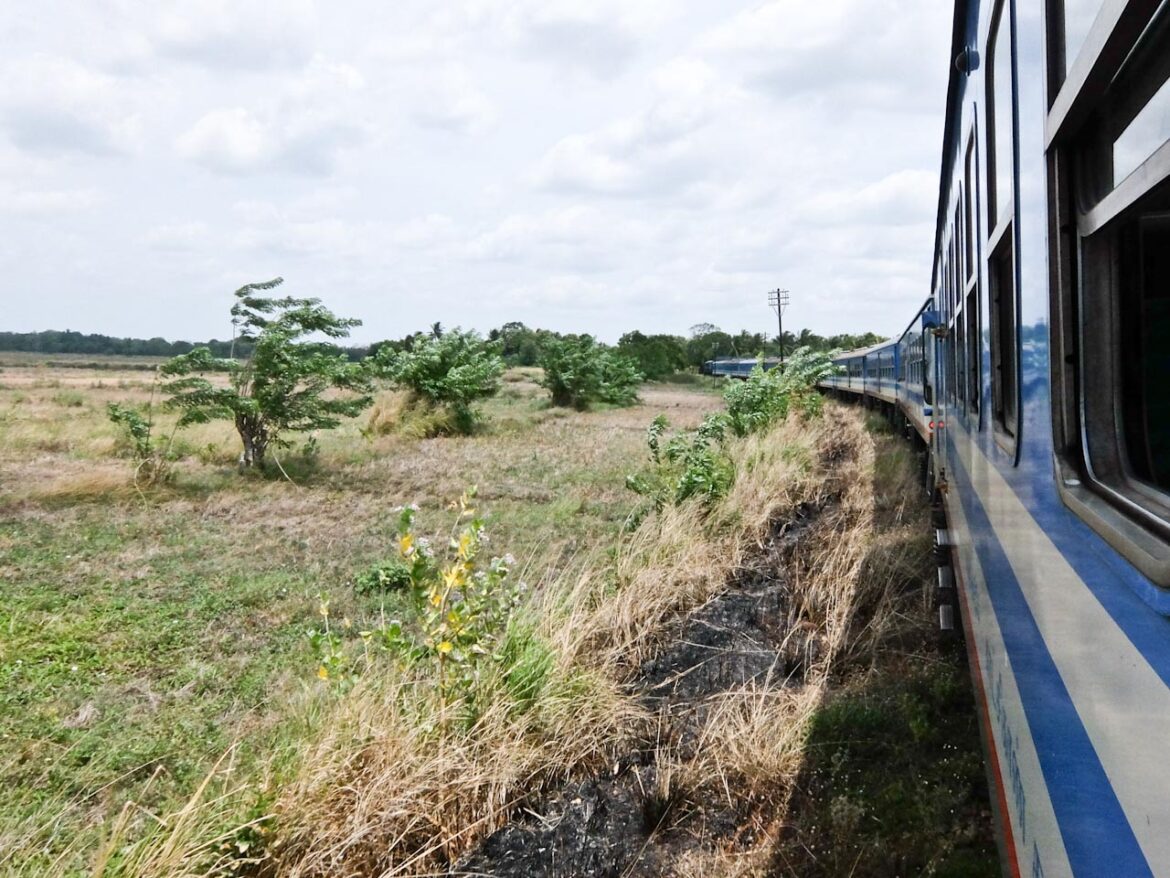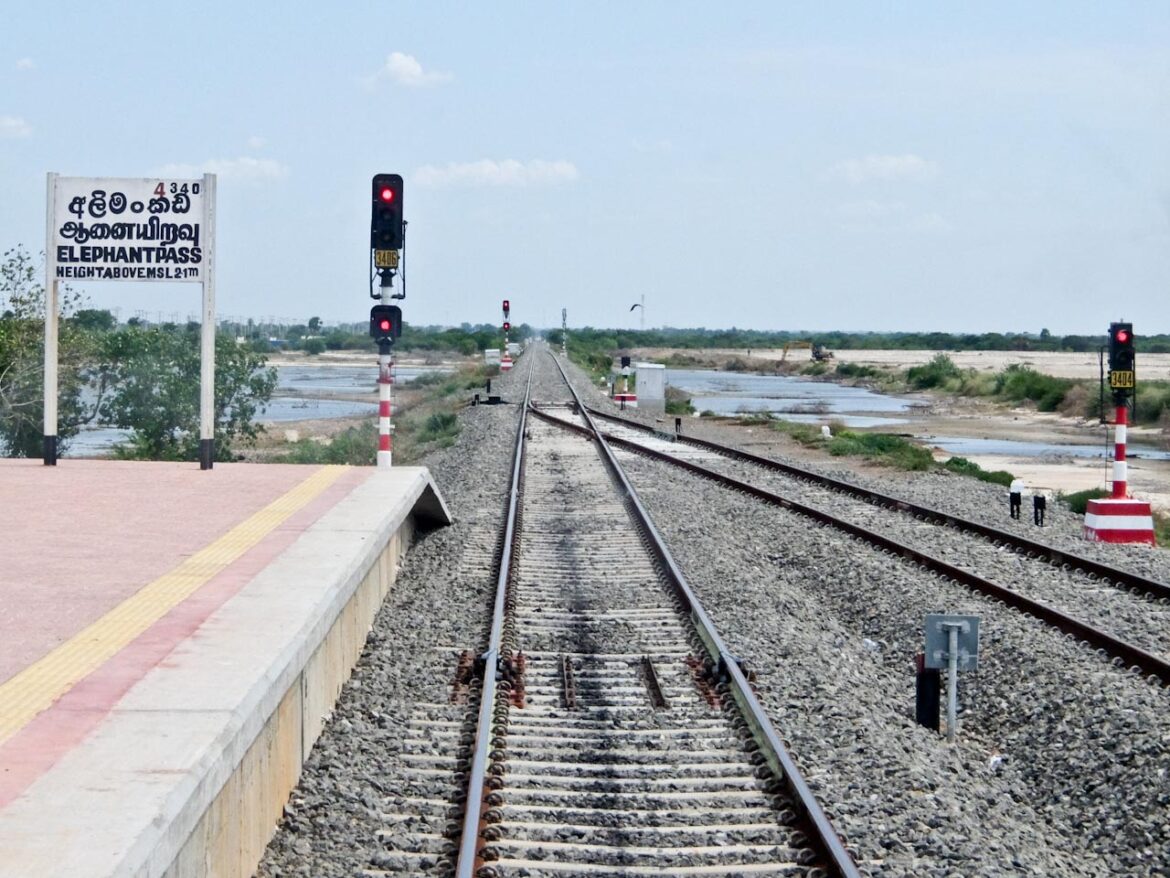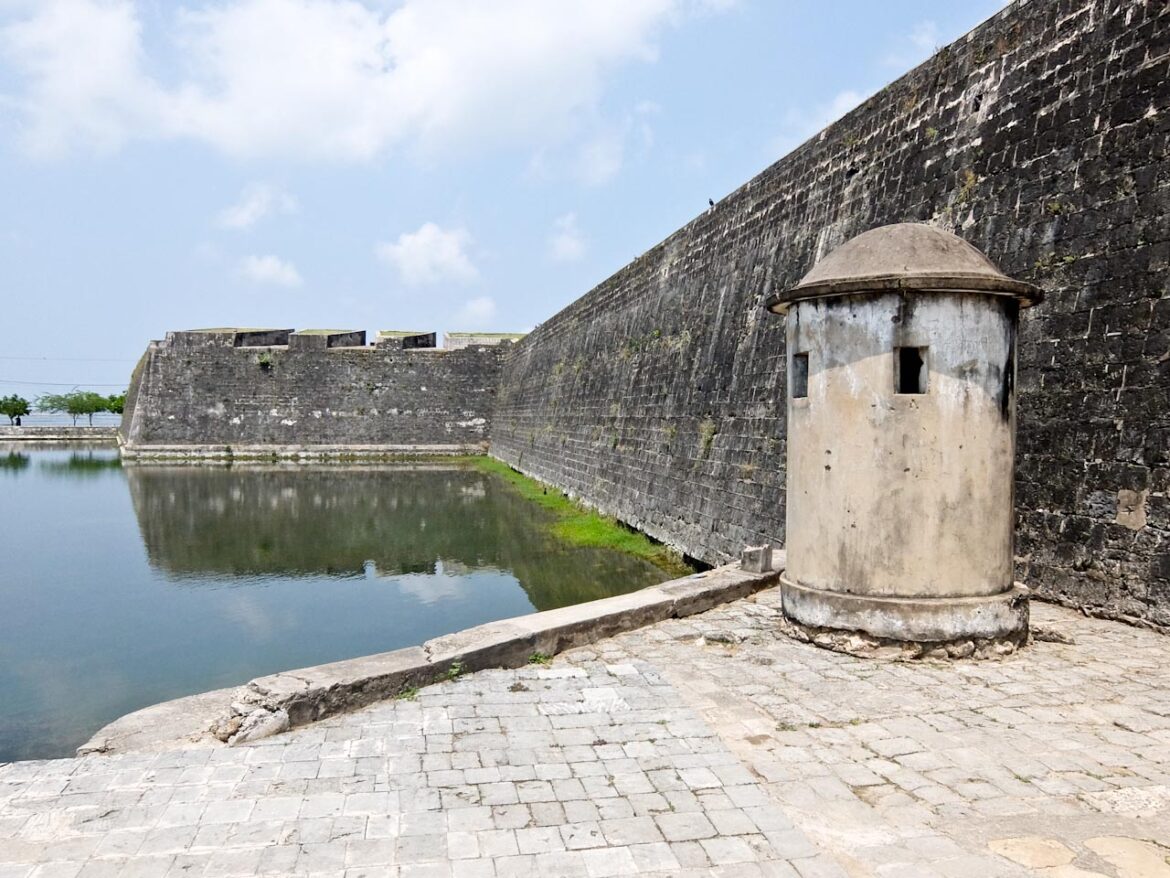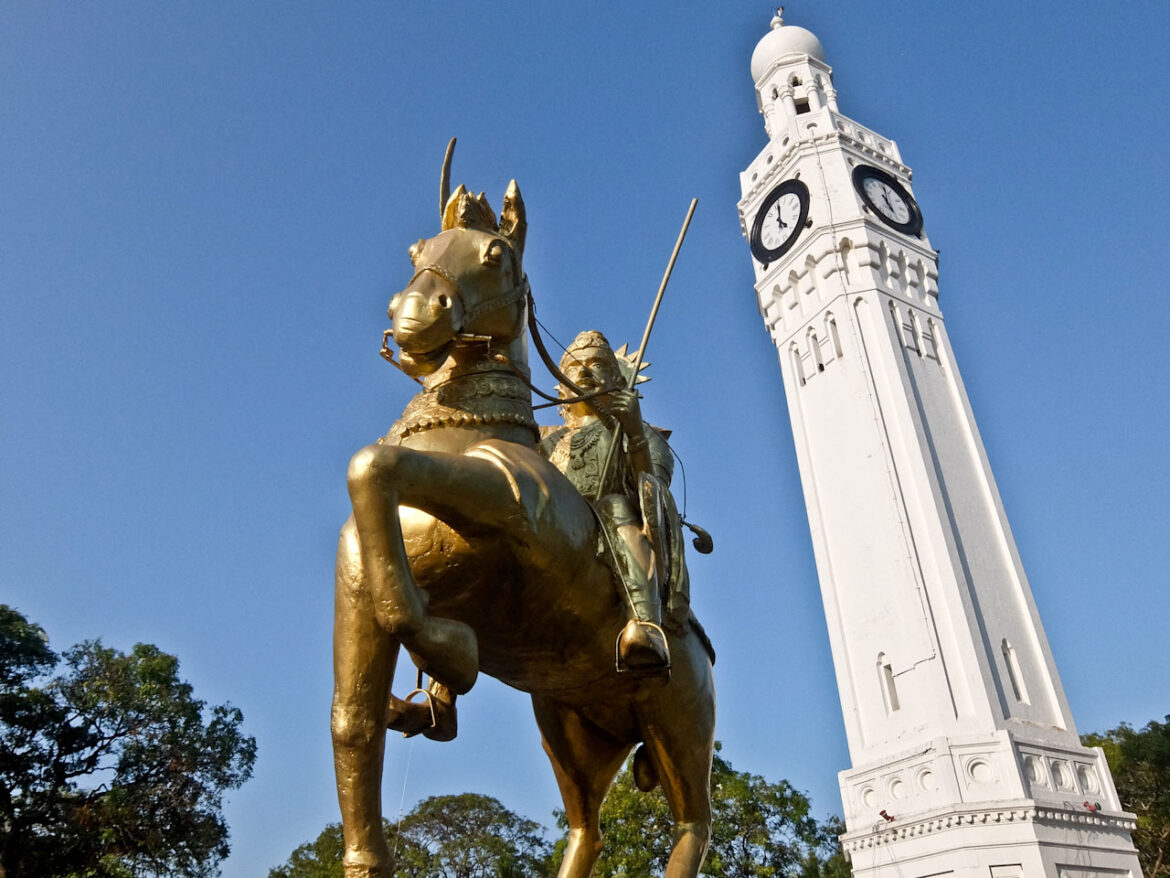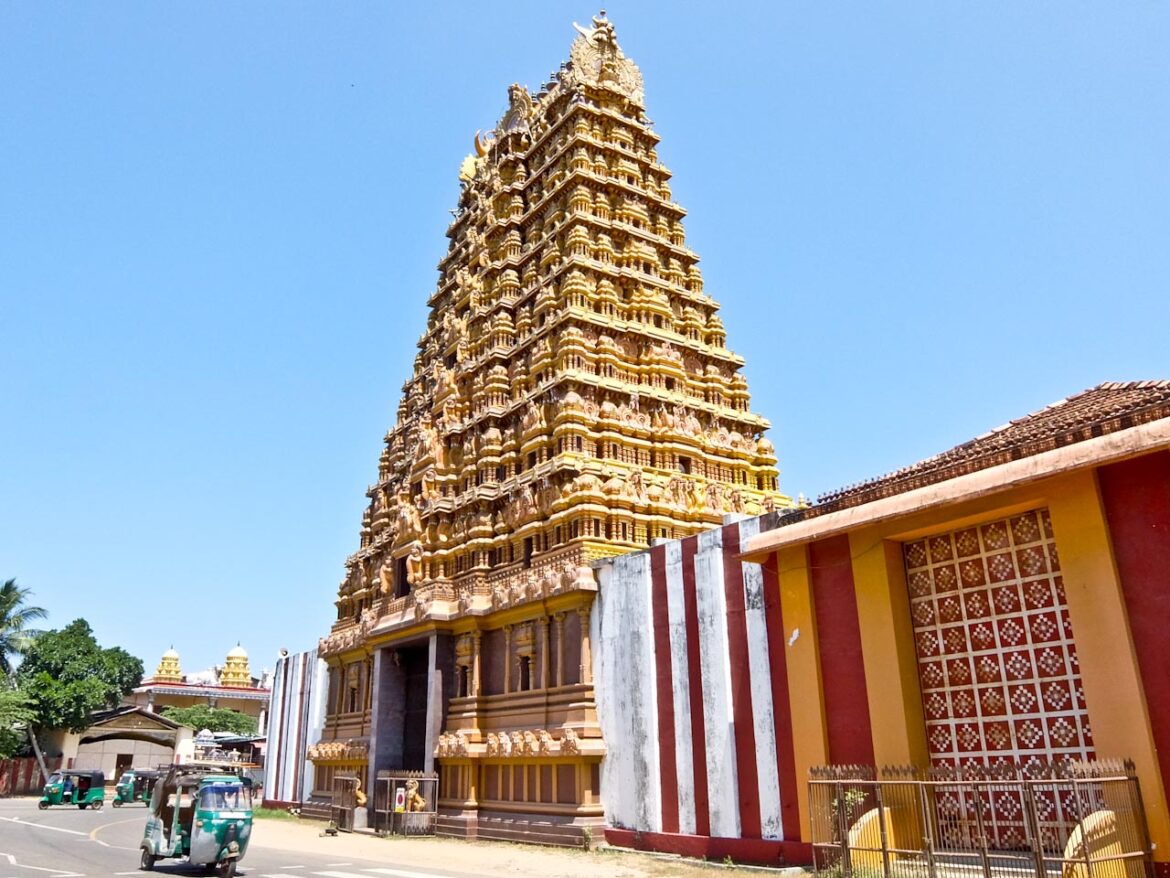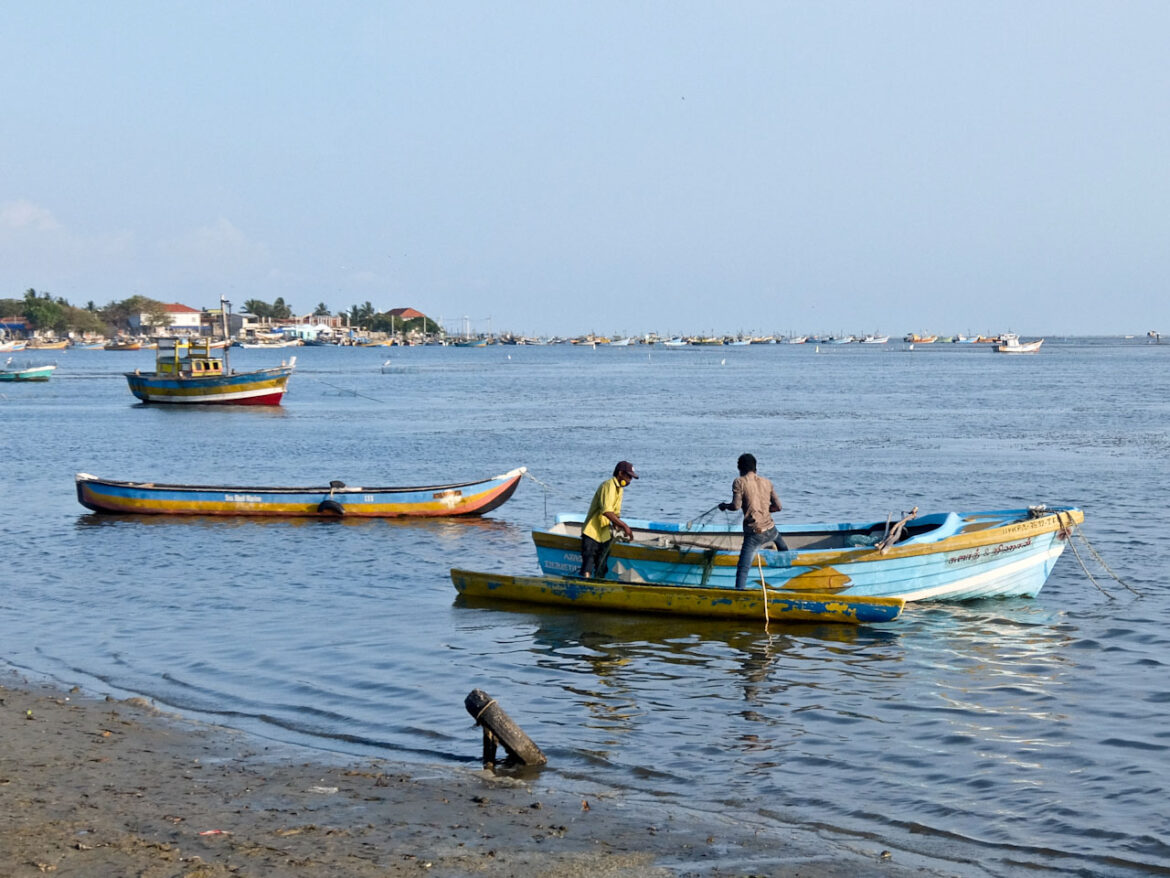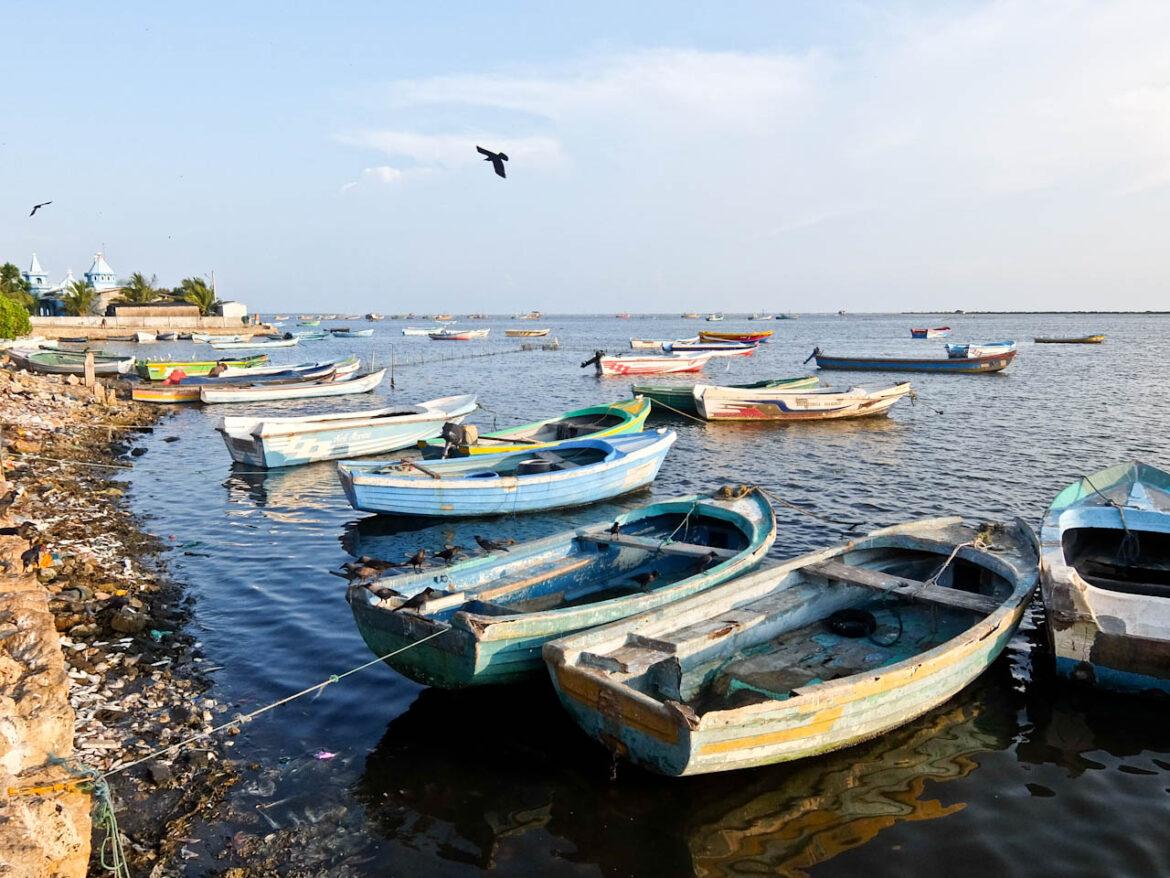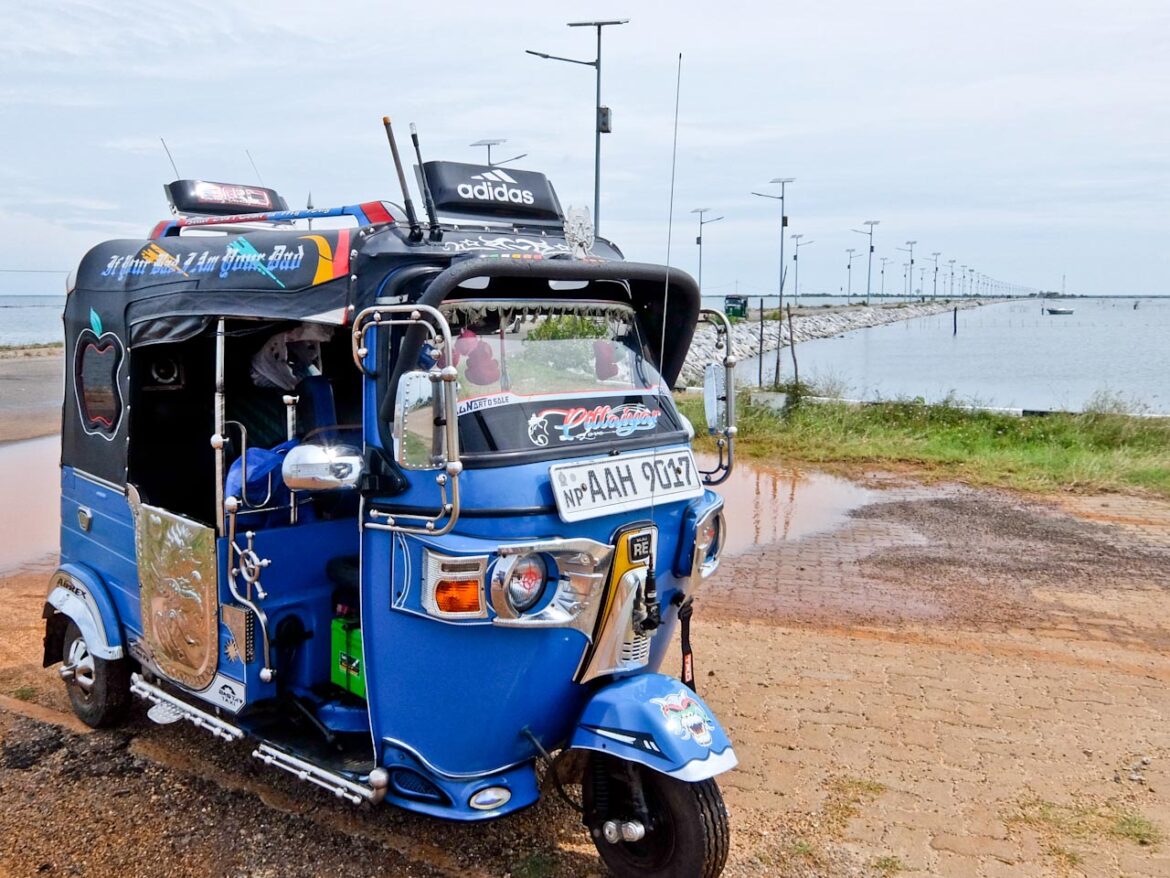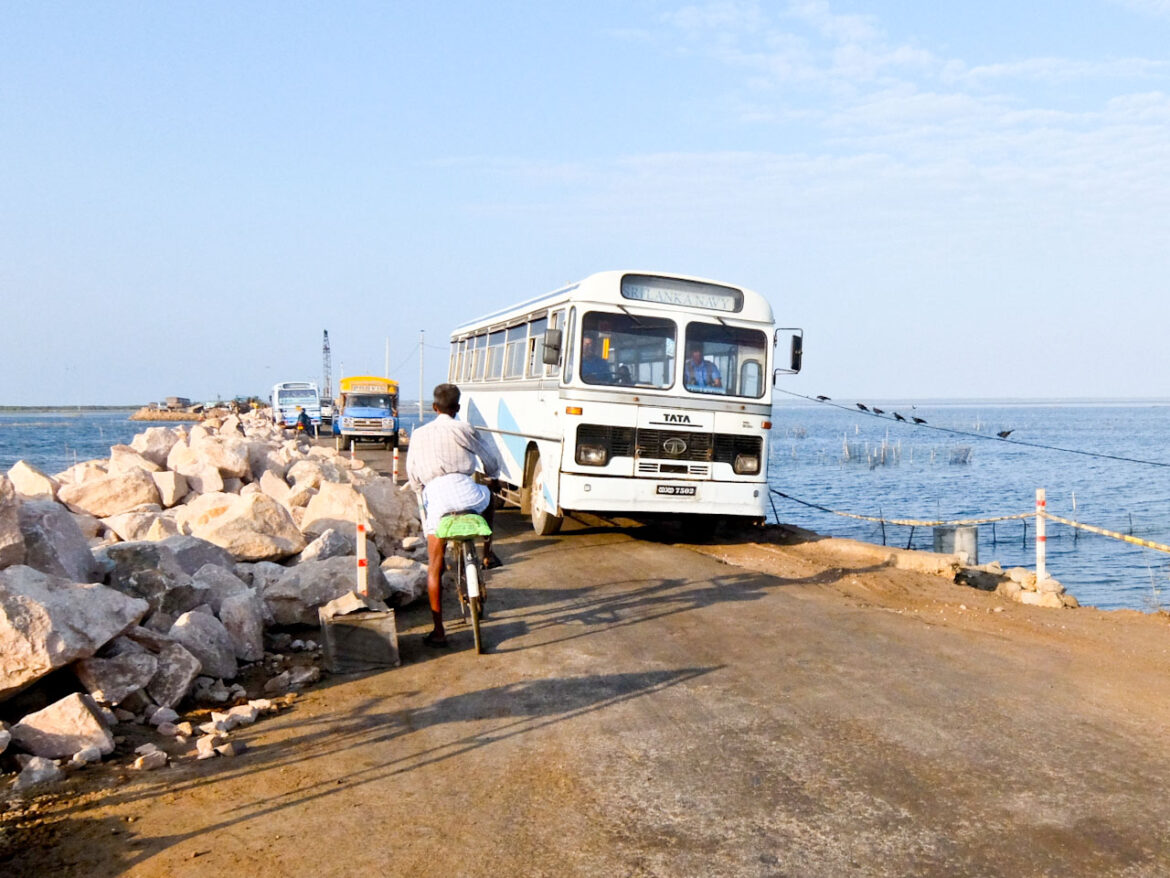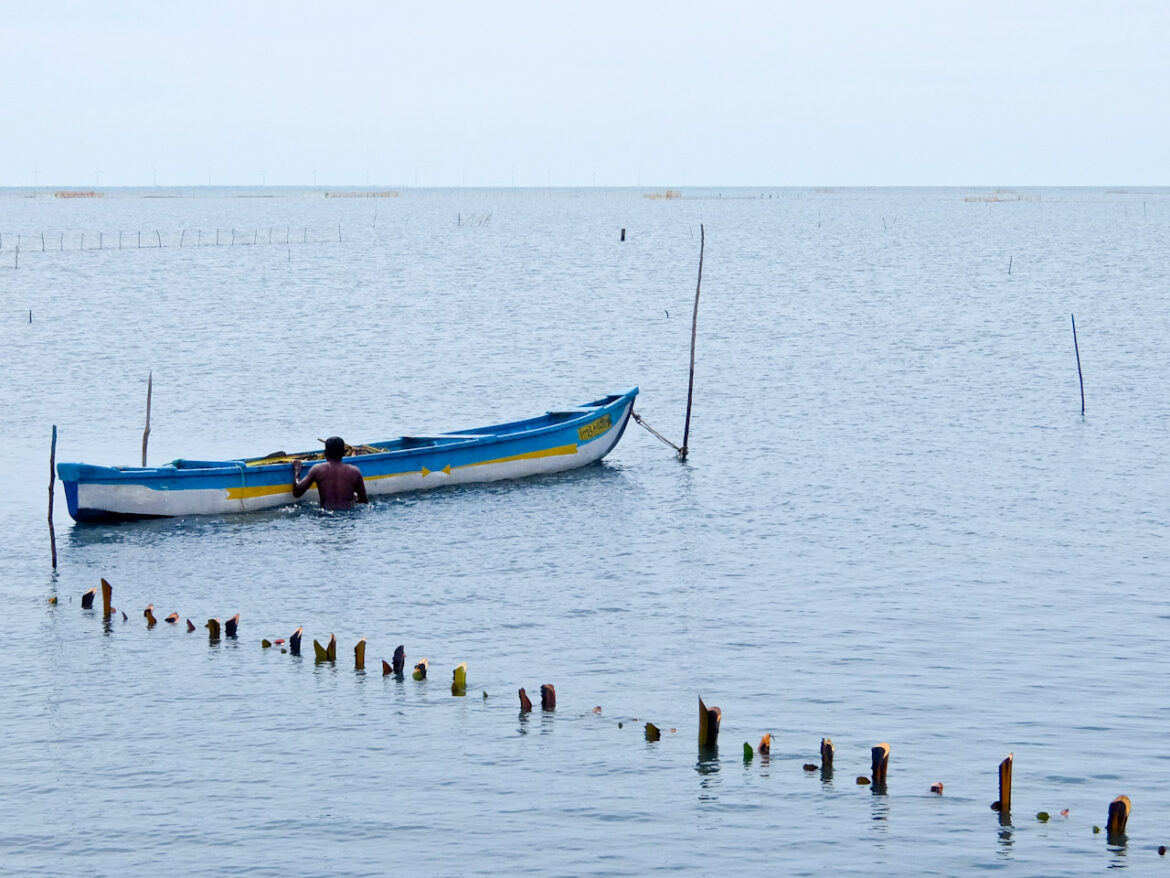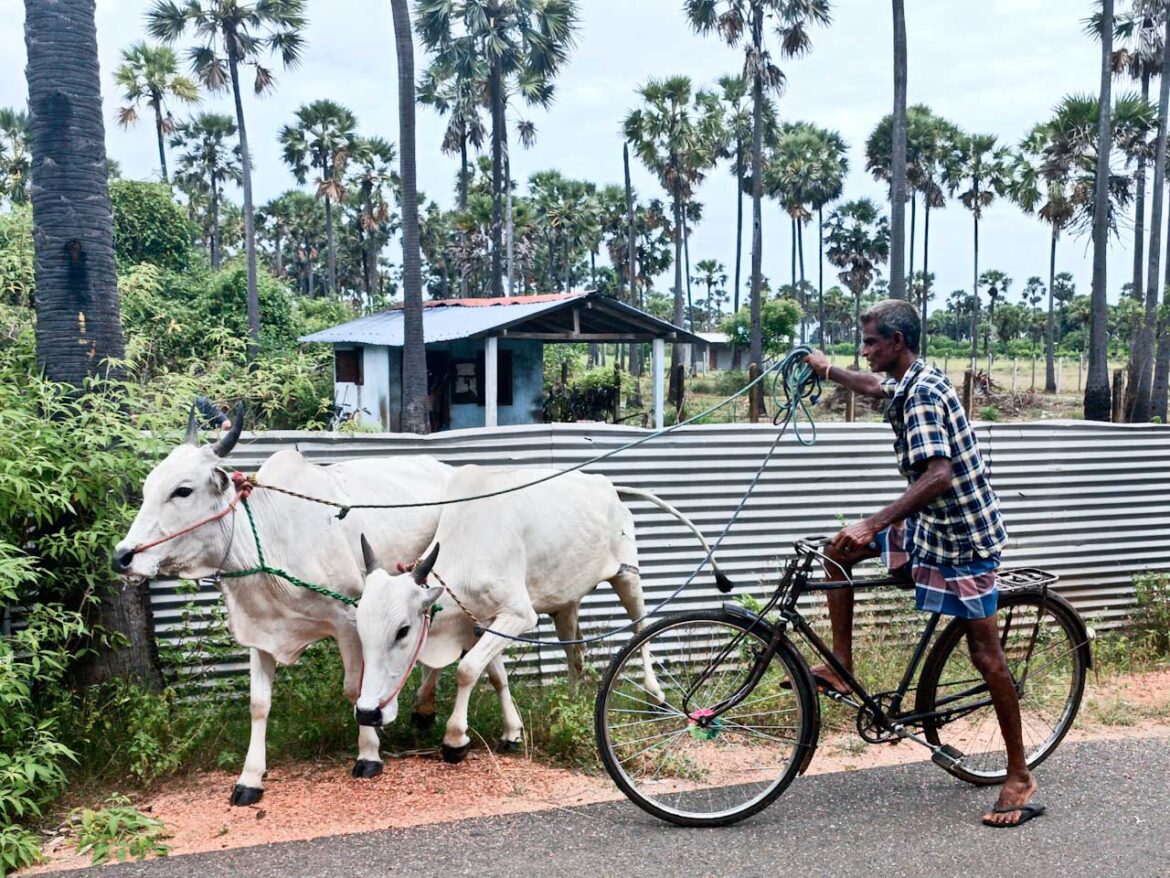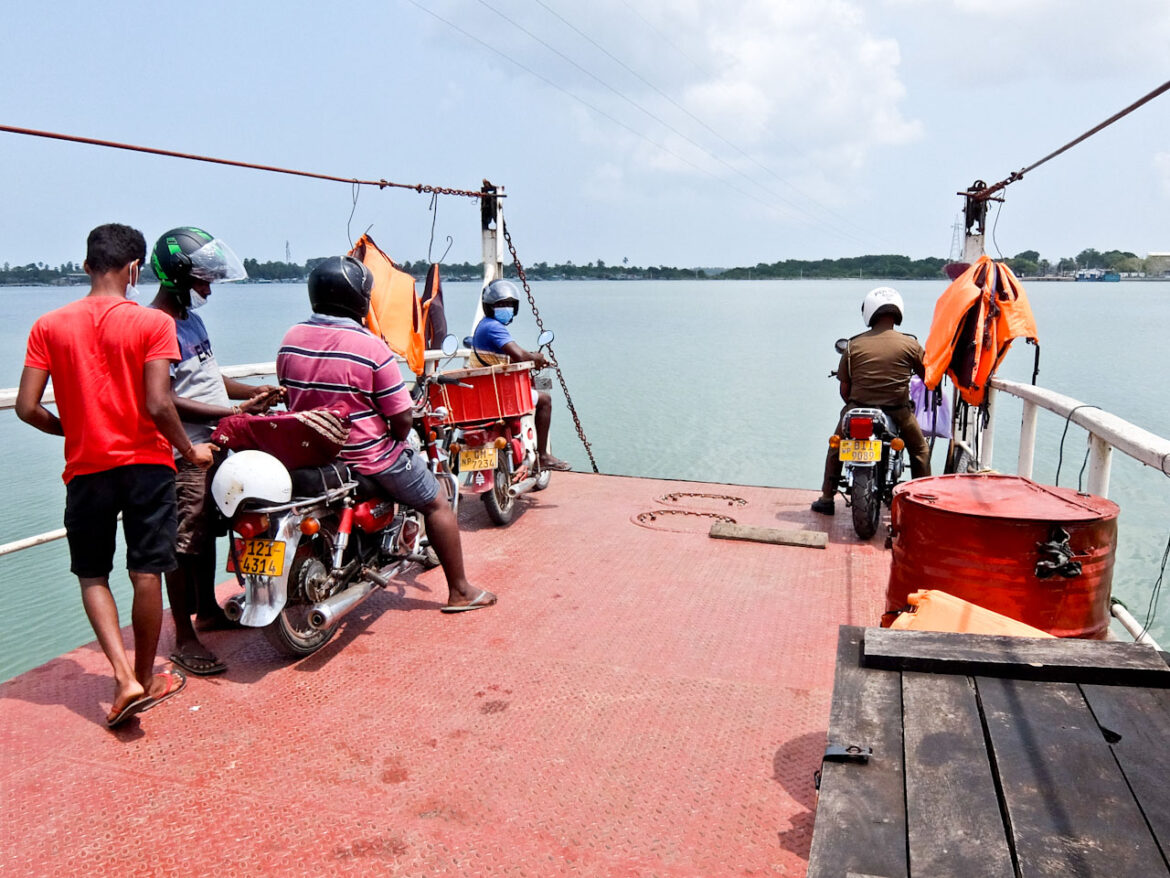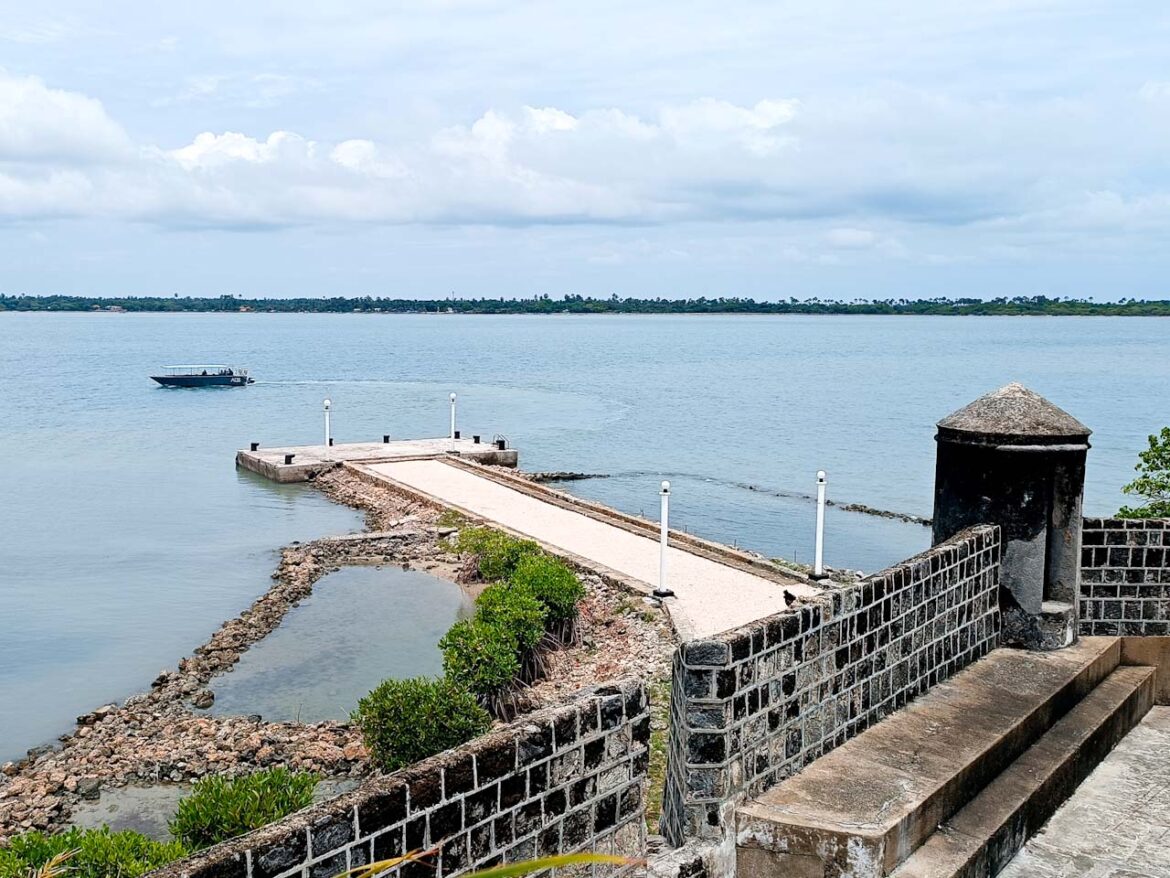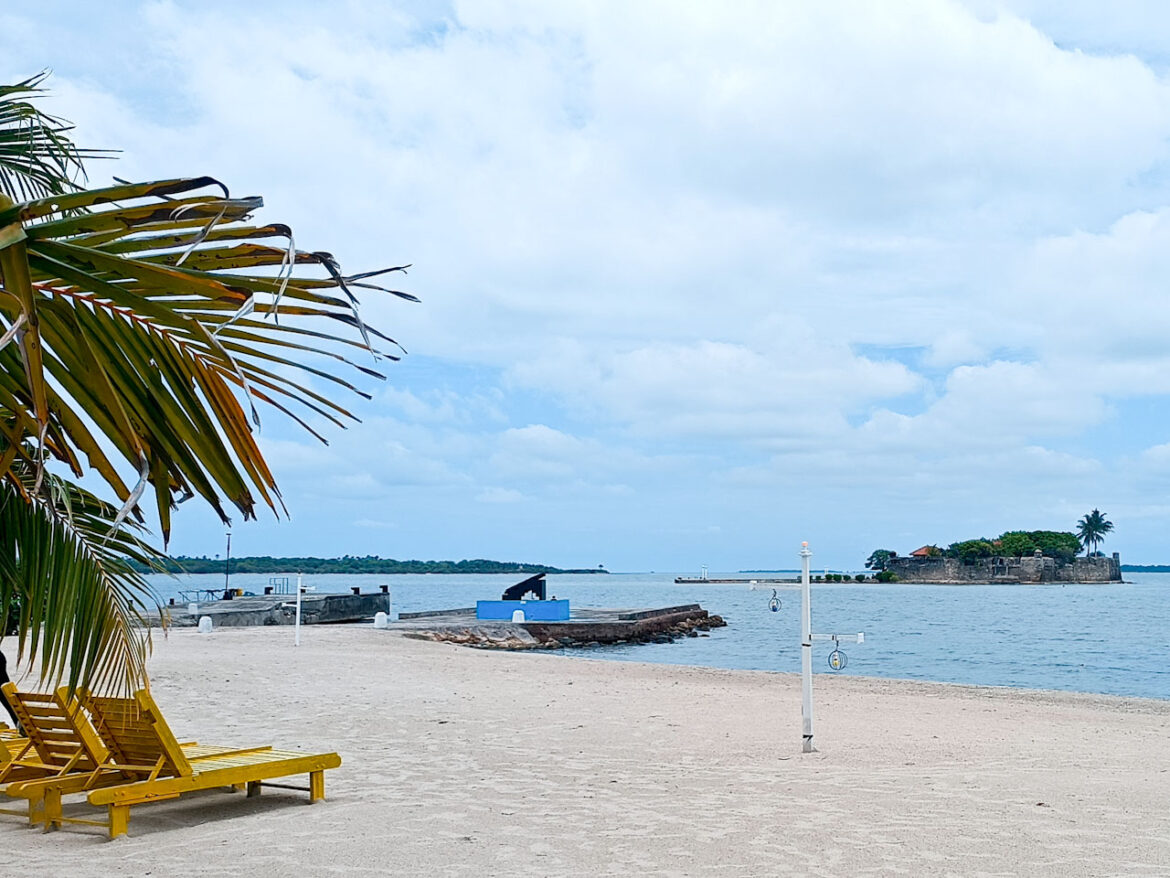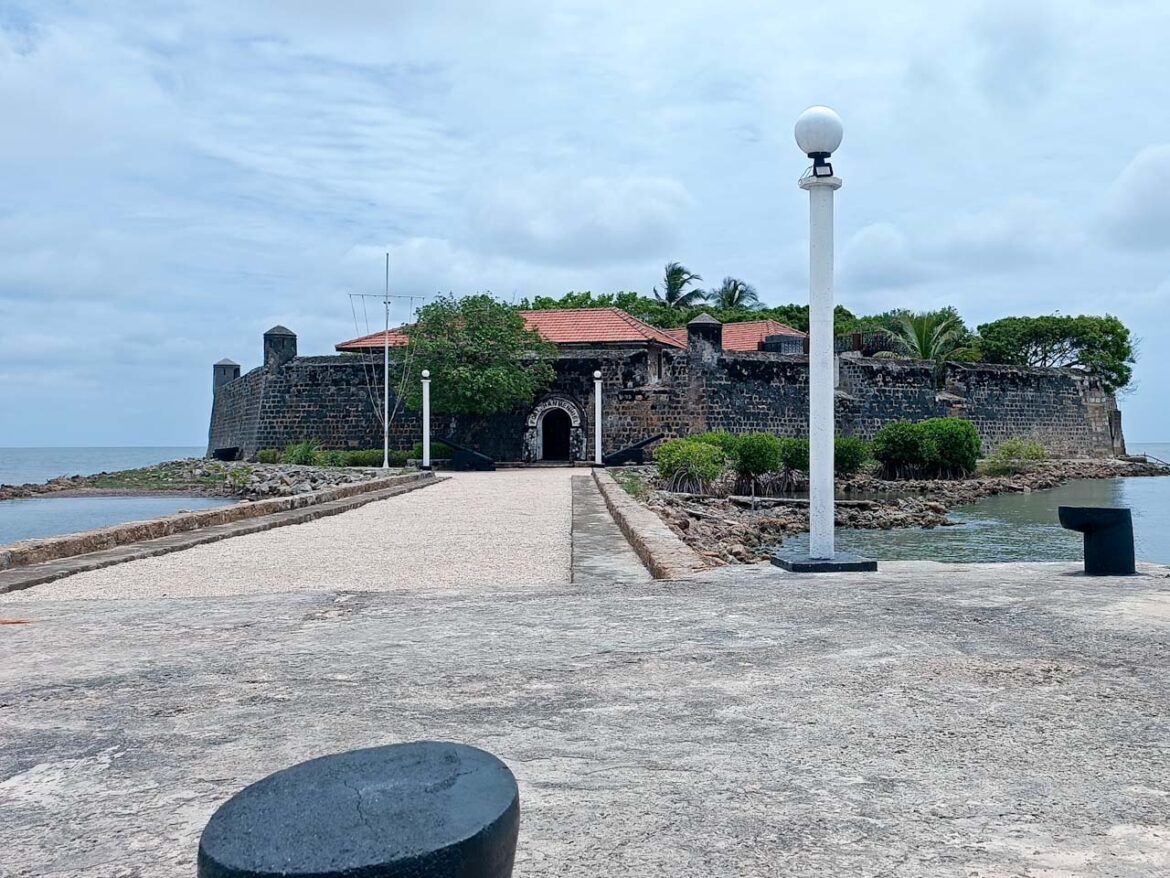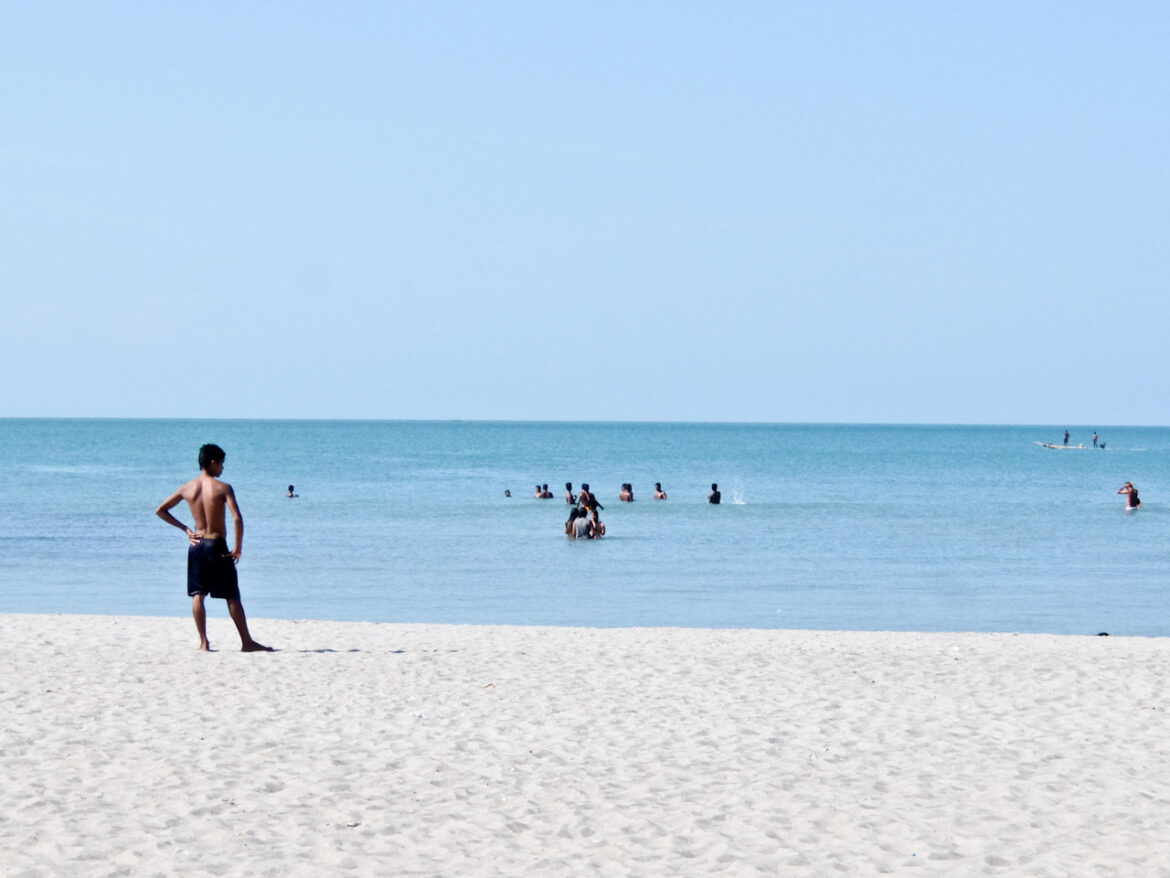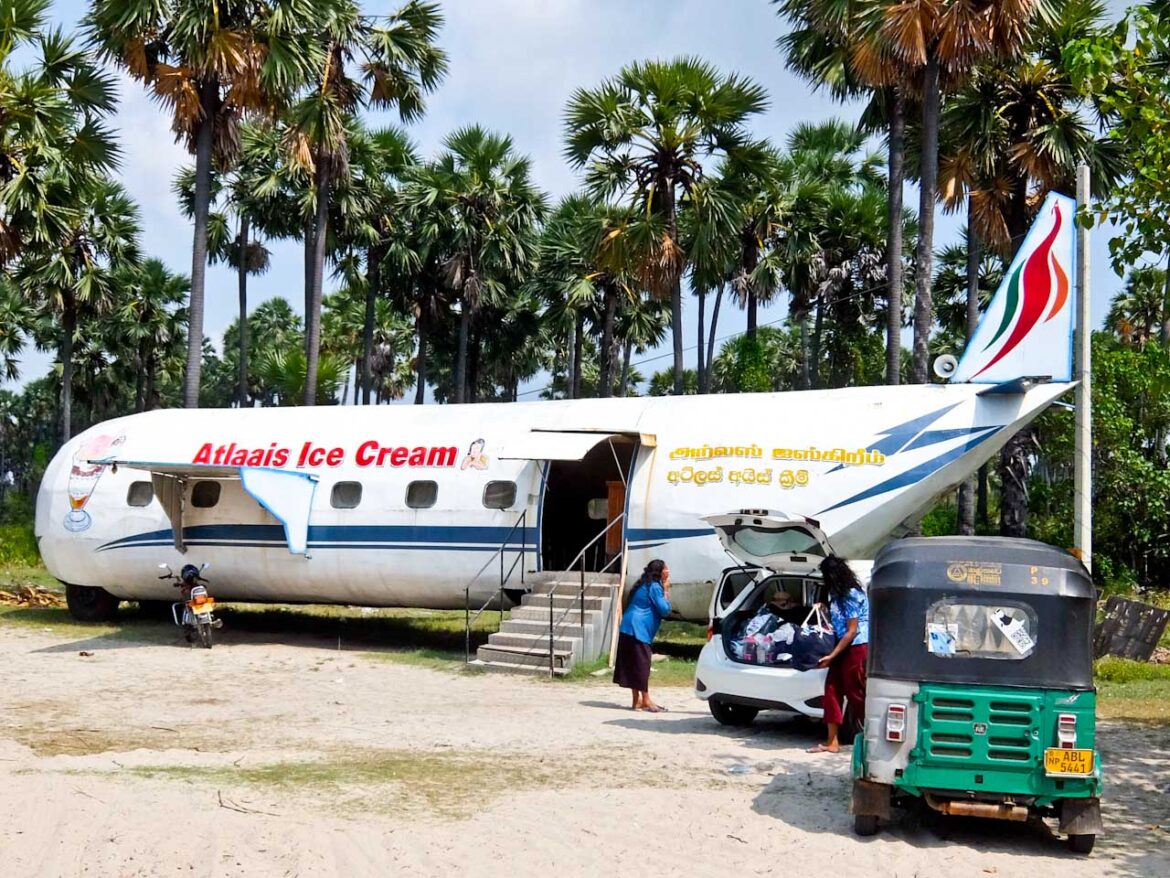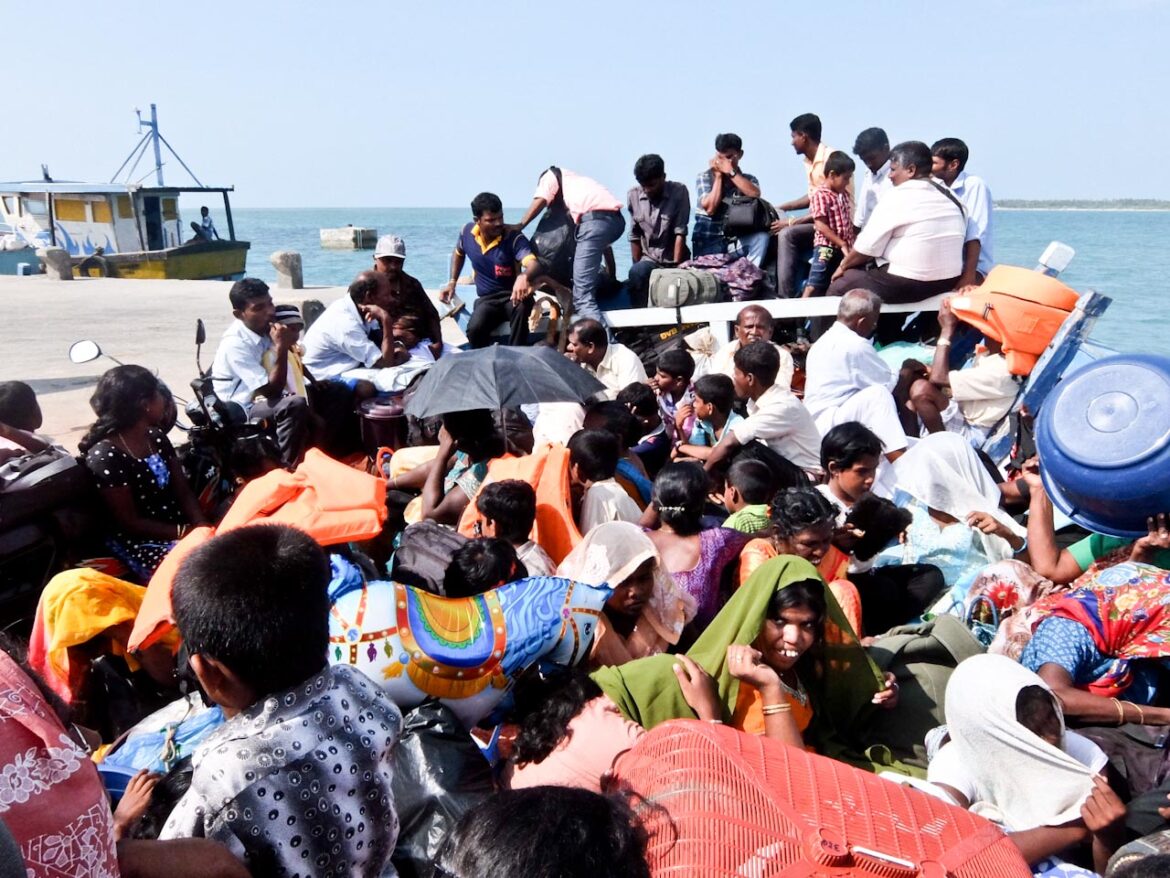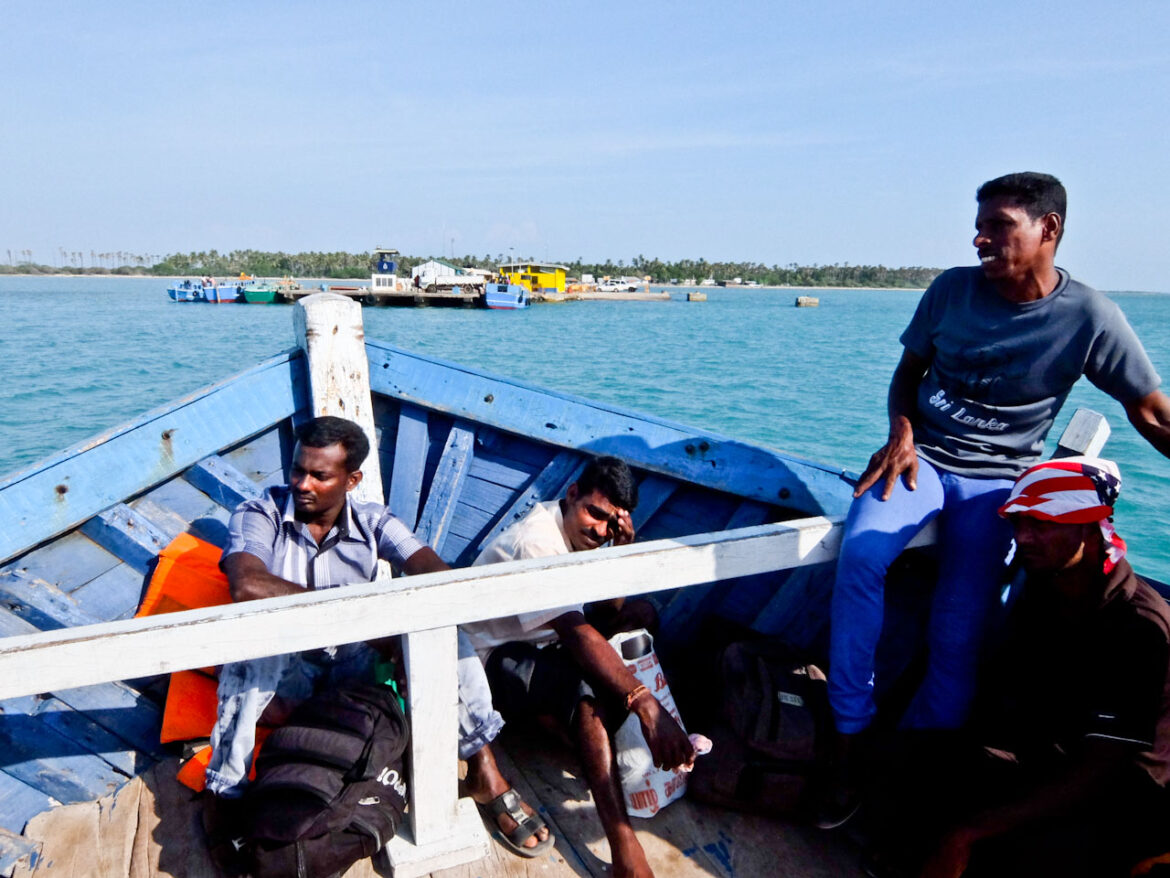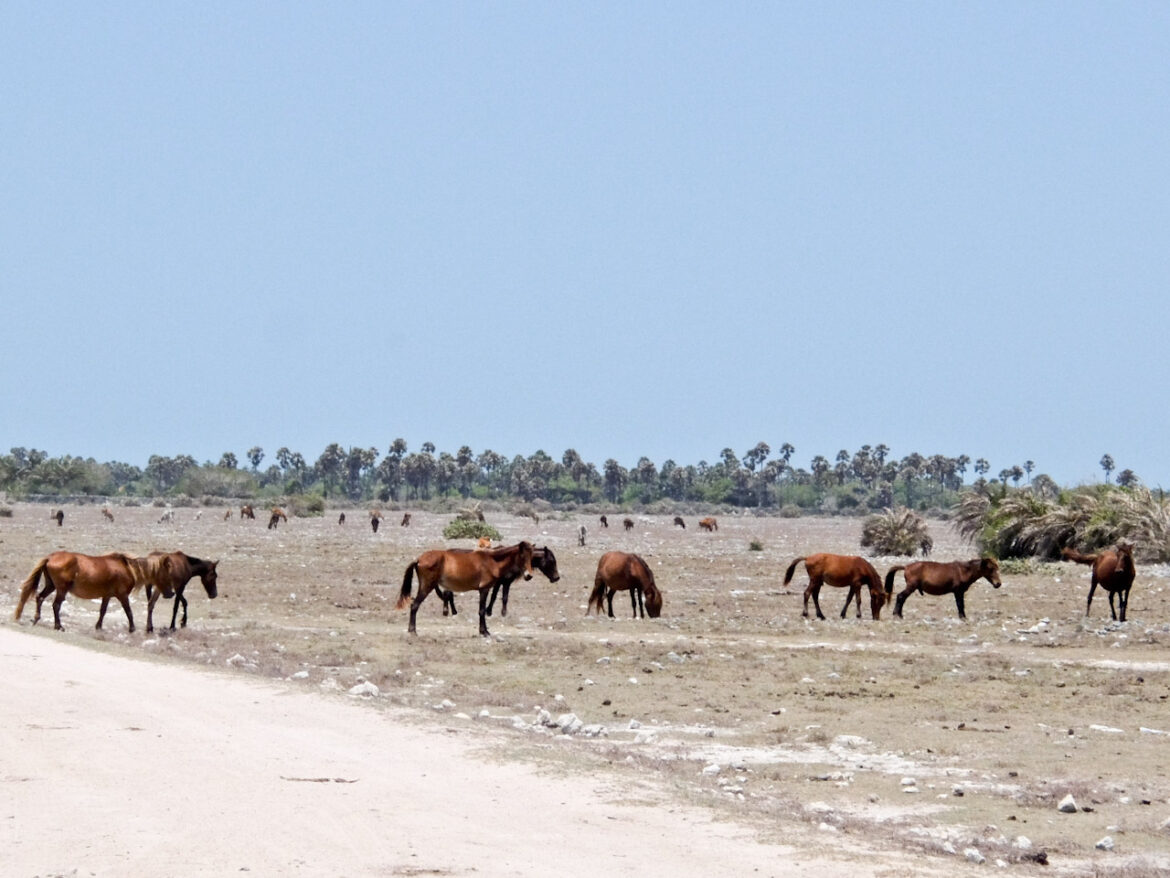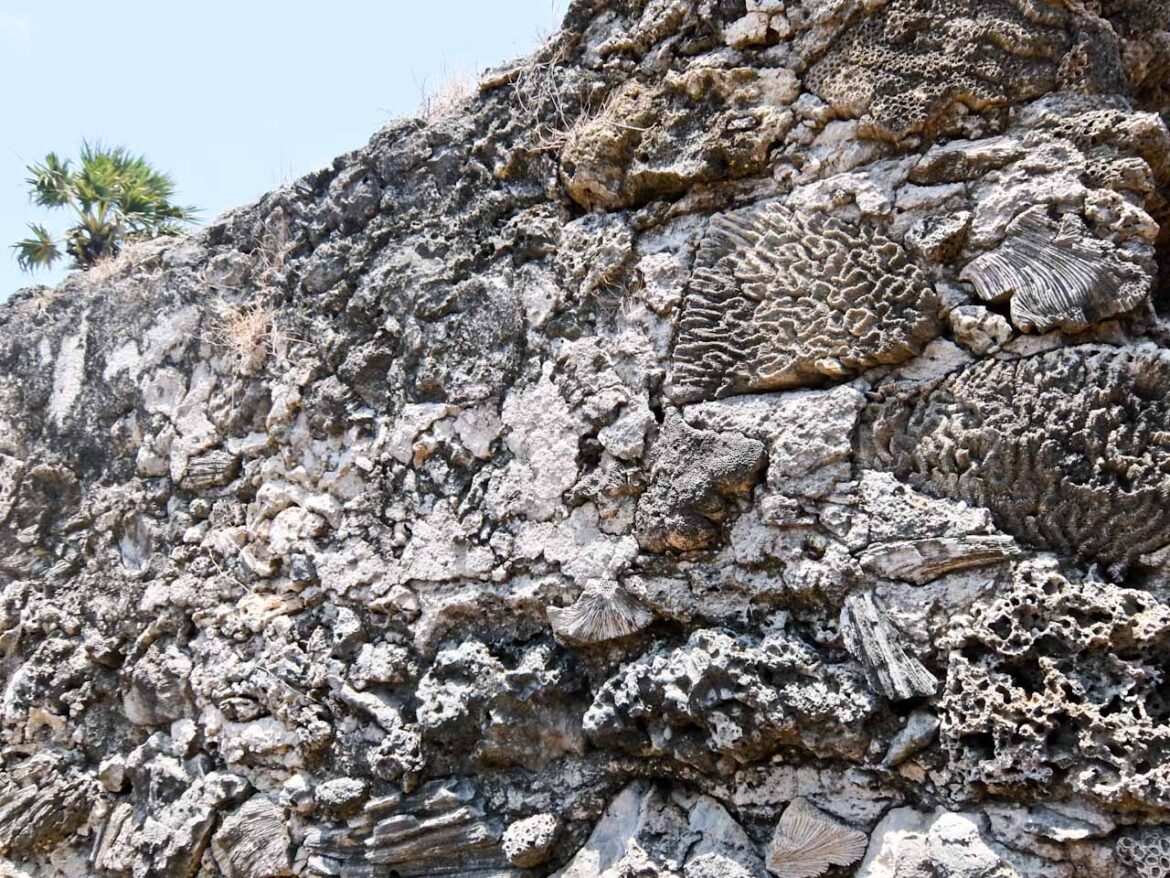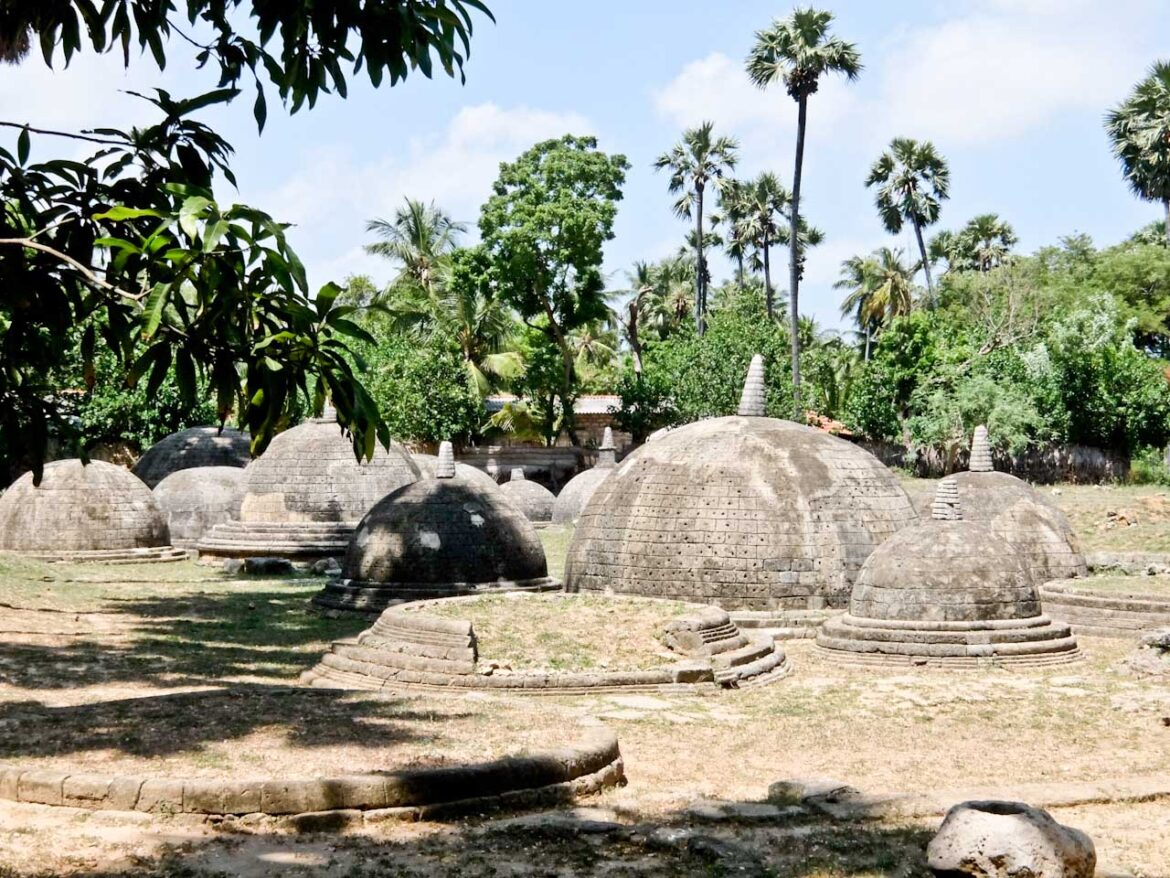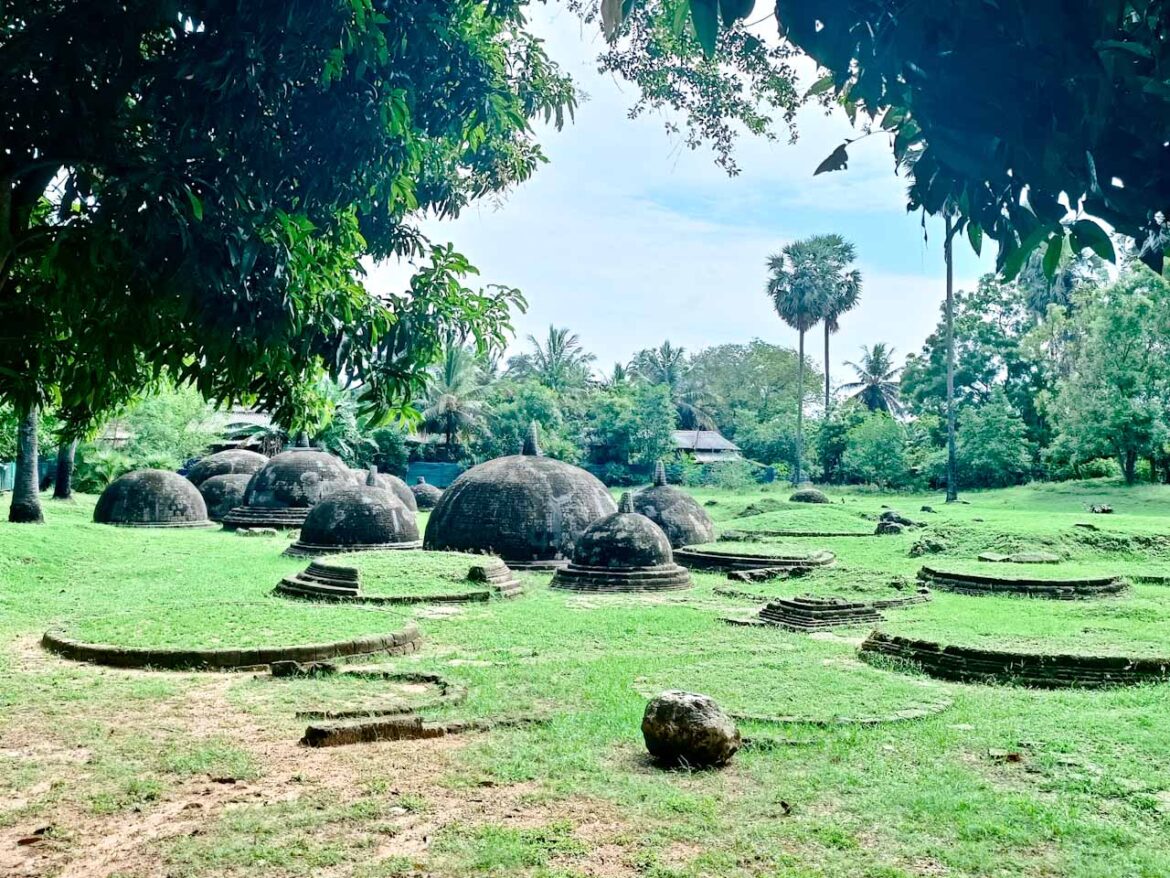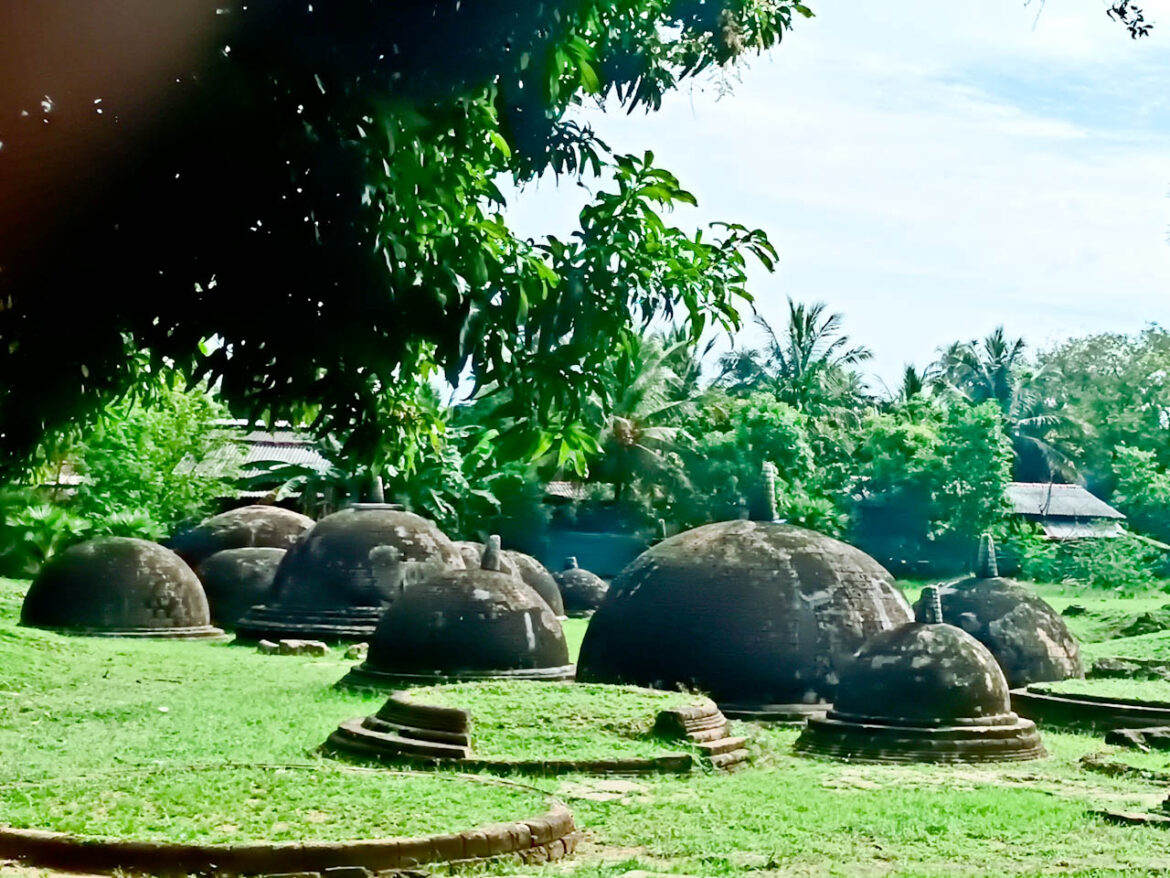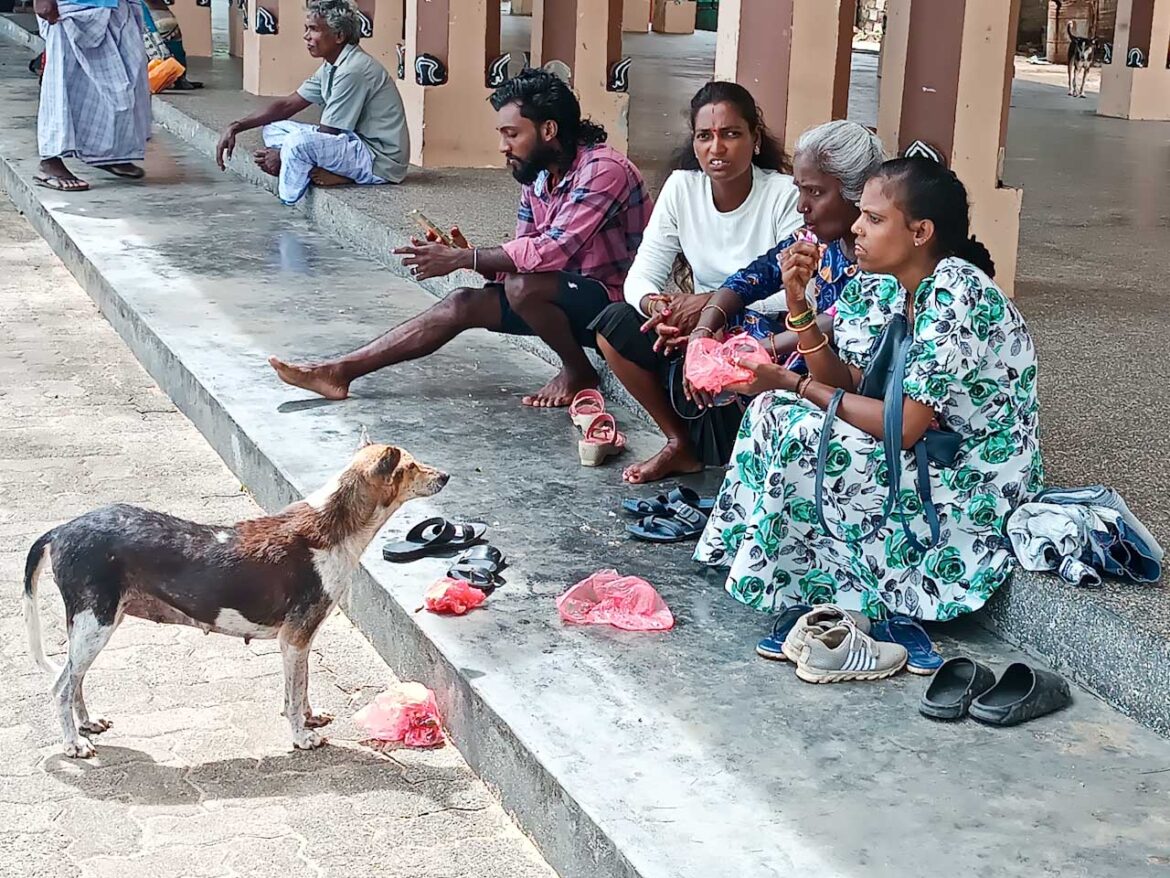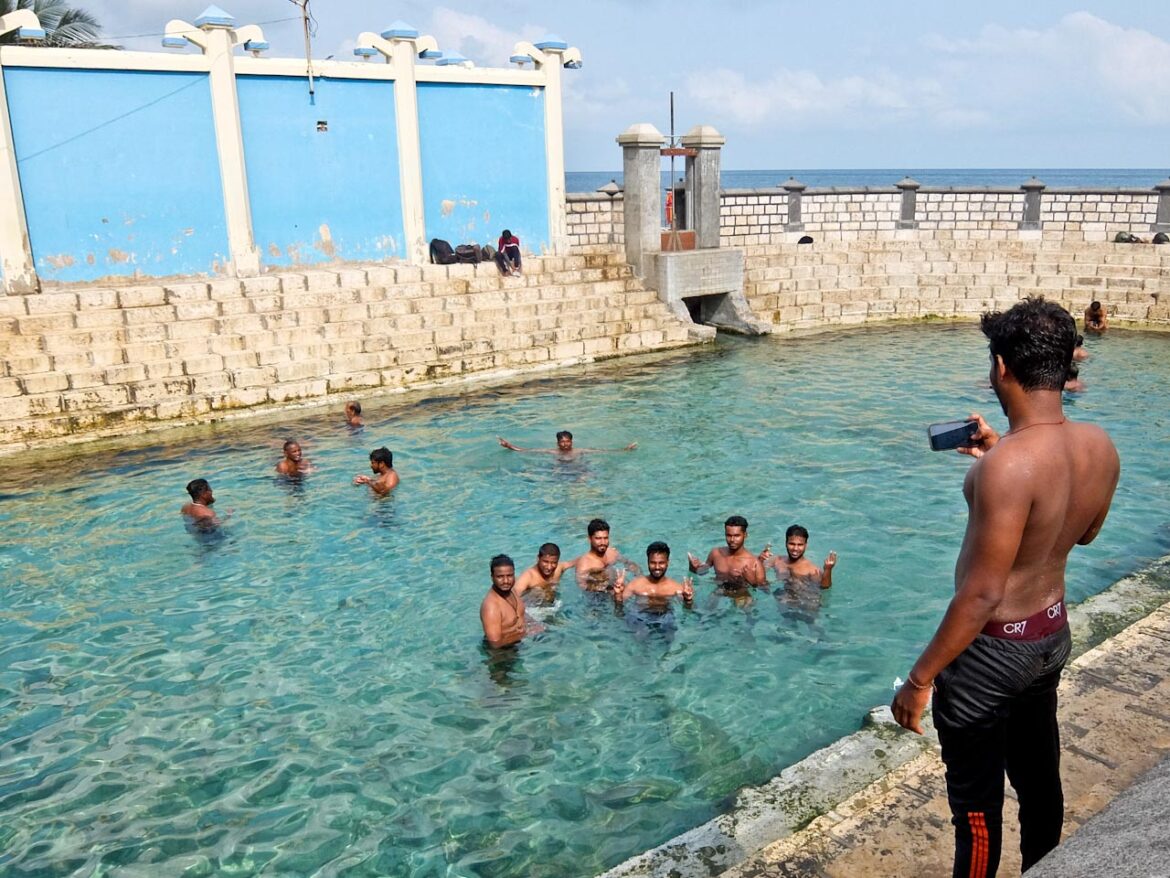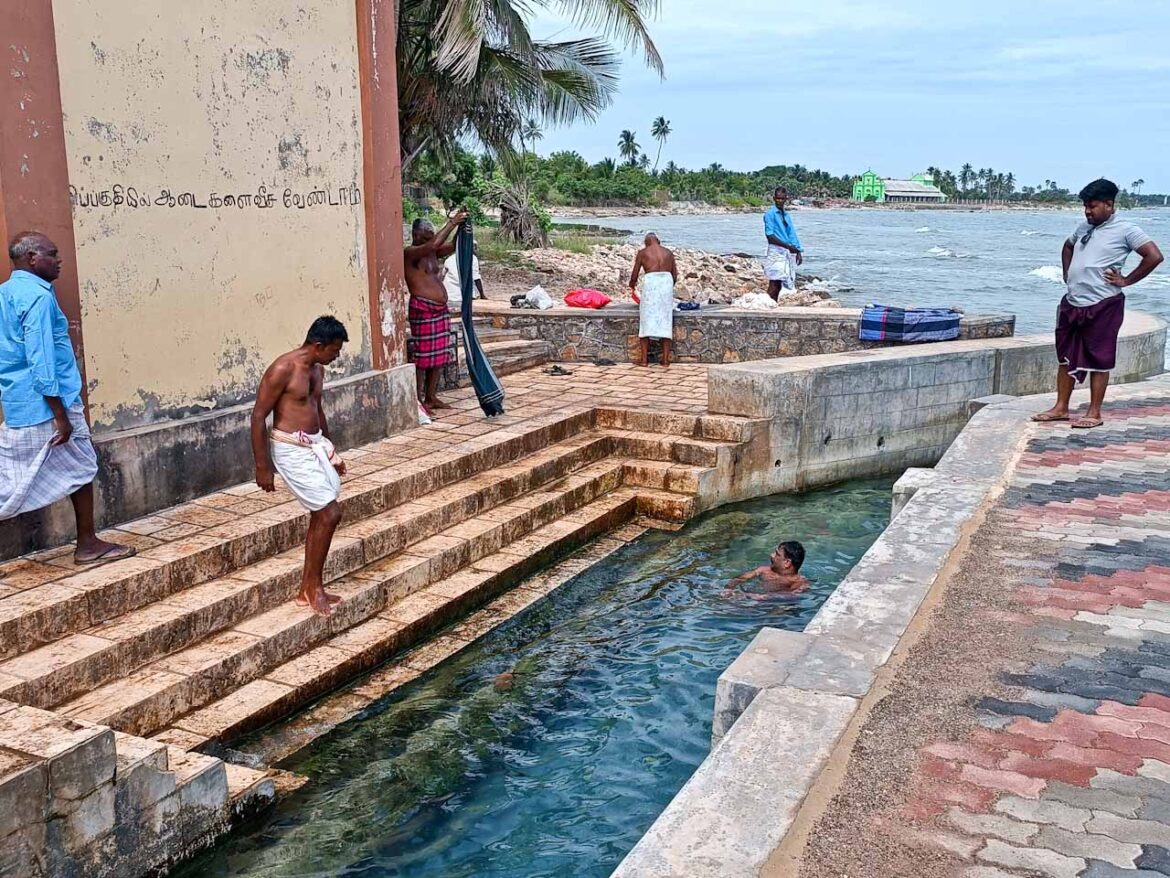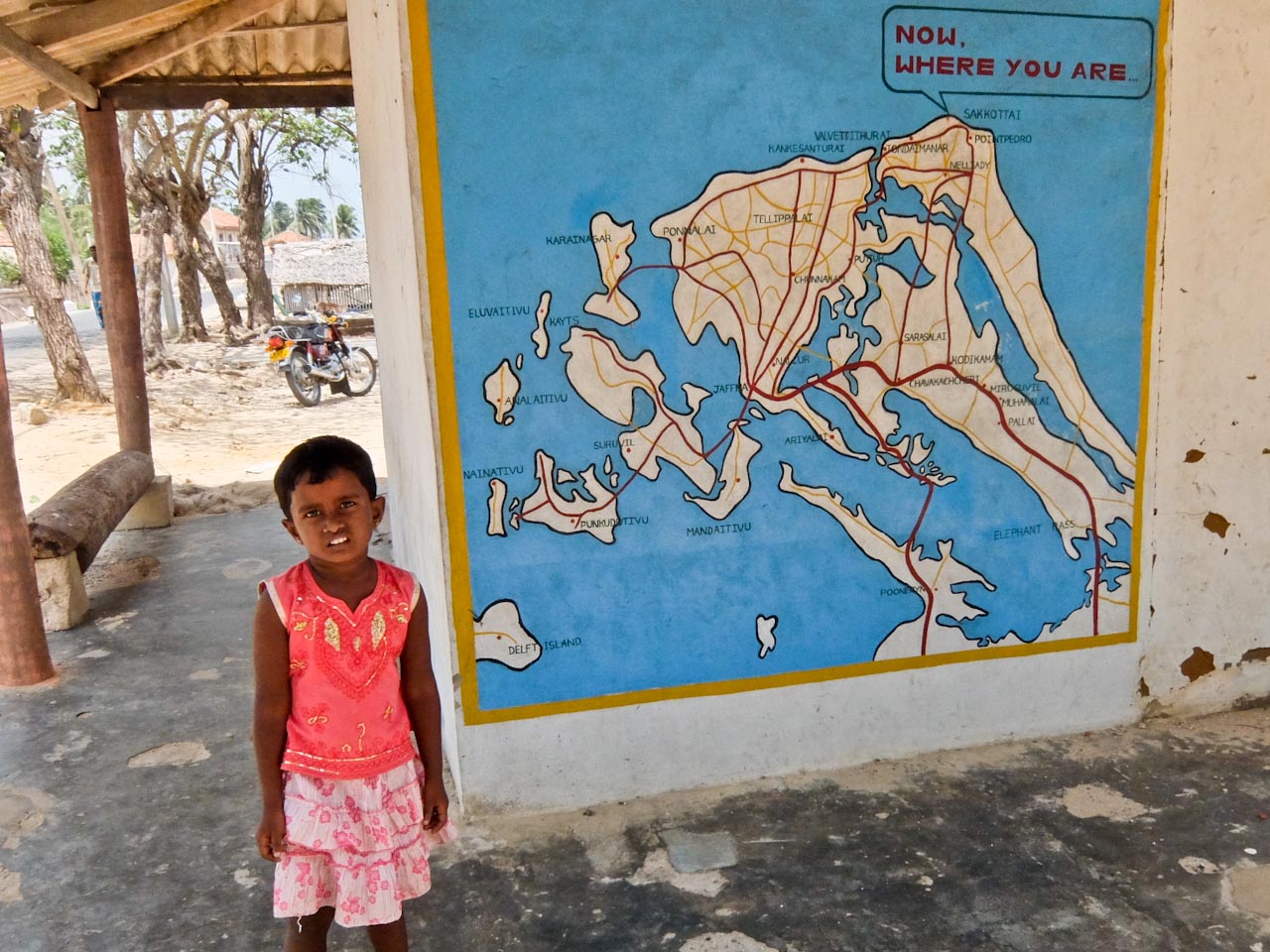Corendon Airlines – the busiest airline you have never heard of
I had never heard of Corendon, a Turkish-owned budget airline offering flights out of the UK’s main airports. Had I not been invited to their recent lavish 20th Anniversary bash in Antalya on the southwestern coast of Turkey, I would have remained none the wiser.
Reflecting on two decades of operations, Corendon Airlines’ Chairman of the Board, Yıldıray Karaer, stated: “Marking 20 years of flight operations is a source of great pride for us. We started this journey in 2005 with just two aircraft, and through steady growth, we have become one of Europe’s leading holiday airlines.”
Amazingly after twenty years of service, carrying millions of passengers on a fleet of 35 aircrafts annually, flying out of the UK’ busines airports in London, Manchester, Birmingham, and Glasgow, to hotspots such Antalya, Izmir, Crete, Rhodes and Palma de Mallorca in Spain, the airline has still not made much of a dent on the consciousness of the British traveller.
This may be because their main hub is in Antalya, with four bases in Germany, Corendon remains a niche budget leisure airline. Plus, the airline charters some of its flights through a network of travel agencies and tour operators who supply much of the footfall. In effect, those looking for a wider range of in-flight services and a more global reach would probably inadvertently miss Corendon altogether.
Curious, I boarded the Boeing 737-800, on flight XC 8174 from Gatwick to Antalya and found the experience mostly seamless and easy. There is no facility to check in online on the way out, but doing so at the airport was pretty painless.
As a no-frills all-economy airline, there’s no in-flight entertainment, the seats are as comfortable as those on Ryanair or easyjet, and can recline a little. The attendants are courteous and friendly with their welcome and as they dish out paid-for snacks from a decent onboard menu.
I had hoped to just doze off for much of the four-hour 20-minute flight, which perhaps was ambitious. With its 300 days of sunshine per year, gorgeous old town, splendid soft-sand beach and plenty of hotels with kids clubs and all-inclusive options, Antalya is an ideal family holiday destination.
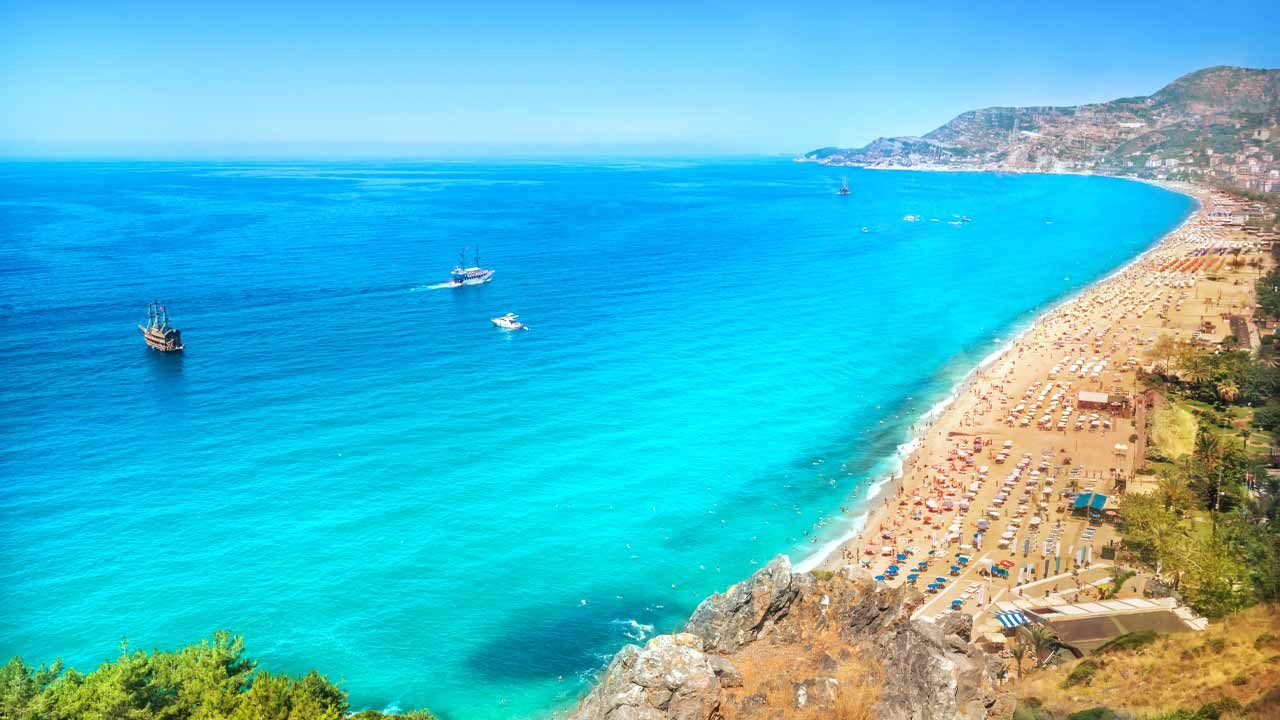
Soft sand beach
So it was inevitable that many of the travellers were young families, and naturally, it got noisy at times. Interestingly, Corendon say that on their long-haul flights on the A350 plane from Amsterdam to Curacao, there will be an adult-only section.
The airline has an interesting story; it was founded in the Netherlands in 2004 as a tour operator, then expanded into aviation and expanded its operations further with Corendon Dutch Airlines (founded in 2011) and Corendon Airlines Europe (founded in 2017).
A fun fact that they like to relate is that Corendon’s inaugural flight took off from Eindhoven in the Netherlands to Istanbul’s Sabiha Gökcen Airport on April 12, 2005, making it the first to bring a passenger flight to land there.
How did the airline get its name? Turns out that co-founder Yıldıray Karaer created his wealth from mining minerals, and so the airline’s name is based on one of the hardest minerals on earth, corundum, found in rubies and sapphires.
As of 2025, Corendon Airlines operates in 65 countries and 165 destinations, solidifying its position as an international airline.
ANNIVERSARY SPECIAL OFFER 20% OFF FLIGHTS
Discount on 20,000 flights and new onboard anniversary menus
To mark the anniversary, Corendon Airlines is surprising its passengers with several special offers. On 20,000 selected flights between now and 31 July, the leisure airline is offering a 20% discount on tickets. Full details about the promotion are available here.
Passengers can enjoy a special anniversary meal deal on board, with seven different menus to choose from, each including wine, beer, or a soft drink, as well as coffee or tea.
ANNIVERSARY SPECIAL OFFER 20% OFF HOTEL BOOKINGS
Additionally, with the promo code CORENDON20, Corendon is offering a 20% discount on all hotel bookings for the current year until June 8 CHECK AVAILABILITY
The post Corendon Airlines – the busiest airline you have never heard of appeared first on The Travel Magazine.















